Did you already go dinghy sailing or are you preparing for it? Either way, we prepared for you some useful information. So, if you want to know more, keep reading.
What is Dinghy Sailing?
Dinghy sailing is a sailing discipline that uses small boats with 5 important commands: the sails, the foils, the trim, dinghy balance and route choice. In competitive dinghy racing there are few additional skills you need to learn: racing rules, skills, and techniques. Dinghy boats are small, have a light weight and generally rigged ashore.
Their name ‘dinghy’ originates from East India and was originally referred to as a rowing boat that was used on India’s rivers. Today, dinghies are small open sailing boats that are used for recreation or racing and are stable and easy to maneuver.
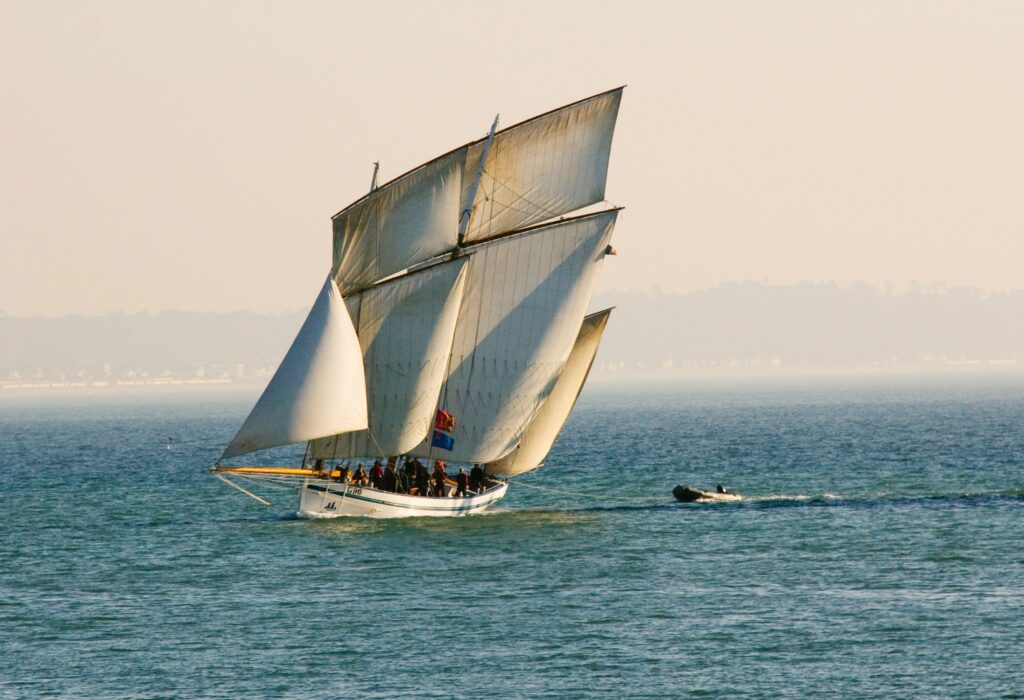
What is great about dinghies is that with them you can sail on inland waters such as lakes and rivers and they are easier and cheaper to maintain. You launch them every time you go sailing. Furthermore, they are transportable on trailers and you can store them outside. People used them through history for transport and trade of goods. The serious development and improvement of the sailing dinghy was in the early 20th century by Uffa Fox (1898–1972), an English boat designer and sailing enthusiast. His most famous ship is International 14 . International 14 was foundation for later development of dinghies.
Moreover, they are usually very small (3-5 meters), with a pram (blunt) bow to get more beam (width) in a shorter length and their design is typically for 1-2 people. There are also bigger ones (for 5-6 people), but they are not so popular.
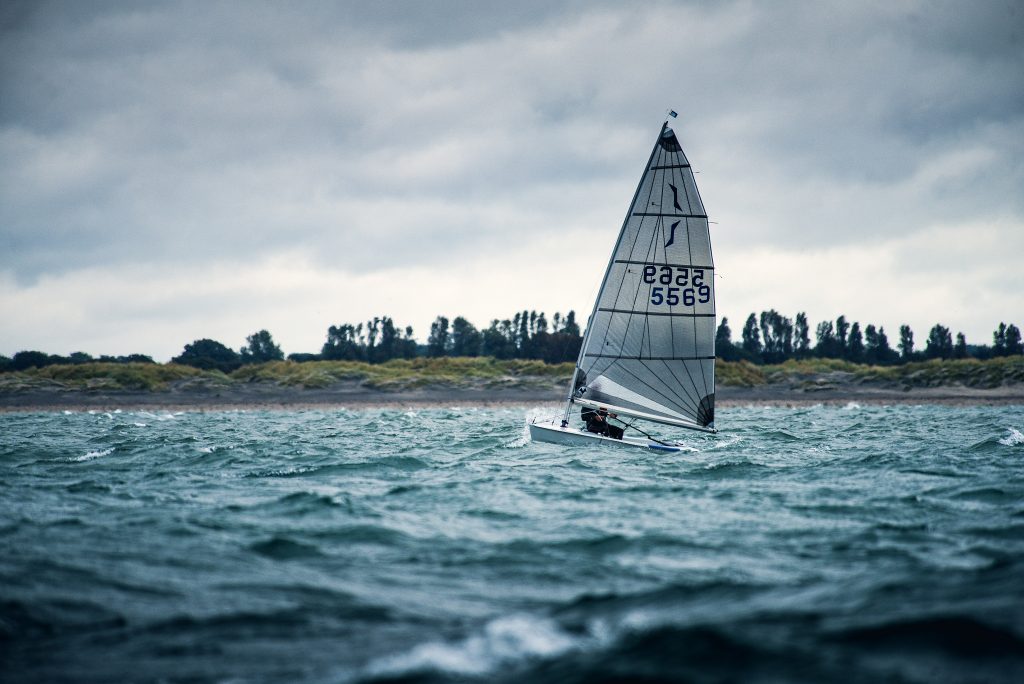
Learning to sail – Dinghy sailing
If you want to learn how to sail, a dinghy is a great option. Many people learn how to sail as a child, and common practice is to start in a stable and simple boat (optimist/laser/traditional dinghies) and as you improve, you can choose to level-up to a higher performance boat with more complicated equipment.
Everything about this dinghy boat type is very simple; it is easy to prepare it and to sail. Furthermore, dinghy responds quickly to your movements and sail adjustments, so it’s easy to see the effects of your actions and to feel the way the boat reacts to your movements.
But, if you are a skilled sailor looking for more comfort, an important thing for you to know is that dinghies don’t have a cabin. If you are looking for a bigger boat and going on a holiday, this is not the boat suitable for you. Because of the lack of a cabin, there is no living space downstairs.
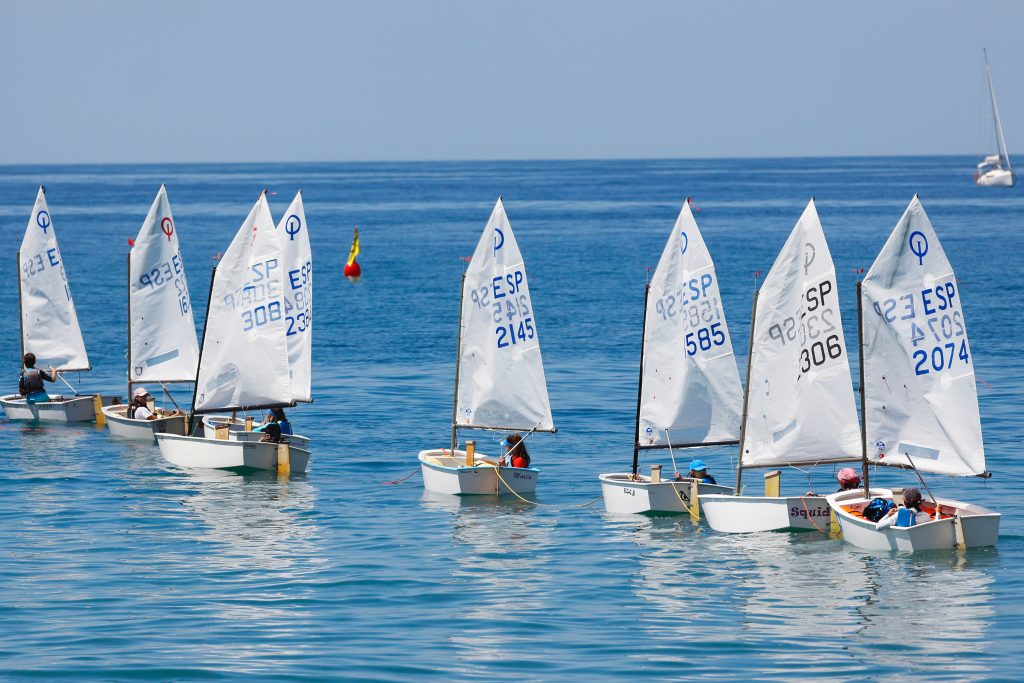
Three basic types of dinghy sailing
Racing dinghies
Racing dinghies, as the word says, are for racing. They cover a wide range, and many are descended from mentioned Uffa Fox’s, International 14. International 14’s were among the first of the truly racing dinghies and they popularized the sport of fast and competitive racing. The first competition for International 14’s in the UK took place in 1927 by Prince Of Wales’s Challenge Cup.
engine to help you…
Some examples of famous racing dinghies:
The Snipe International Class
The Snipe is a 2 person, one-design racing dinghy. Designed by William F. Crosby in 1931, it has evolved into a modern, tactical racing dinghy with fleets around the world. It is one of the strongest classes, after reaching the status of the world’s largest fleet of dinghies in July 1936. Today, we have over 31,000 Snipes constructed worldwide.
The global Snipe slogan is “Serious Sailing, Serious Fun”.
The International 14
The International 14 is a 14-foot double-handed racing dinghy that is a popular racing class, having acquired racks (for trapezing crews) and a gennaker since its original design.
Laser dinghy
The Laser Standard, Laser Radial and Laser 4.7 are the variants of the Laser dinghy, a single-hander whose combination of simplicity, portability, and performance have done much to advance dinghy racing and training.
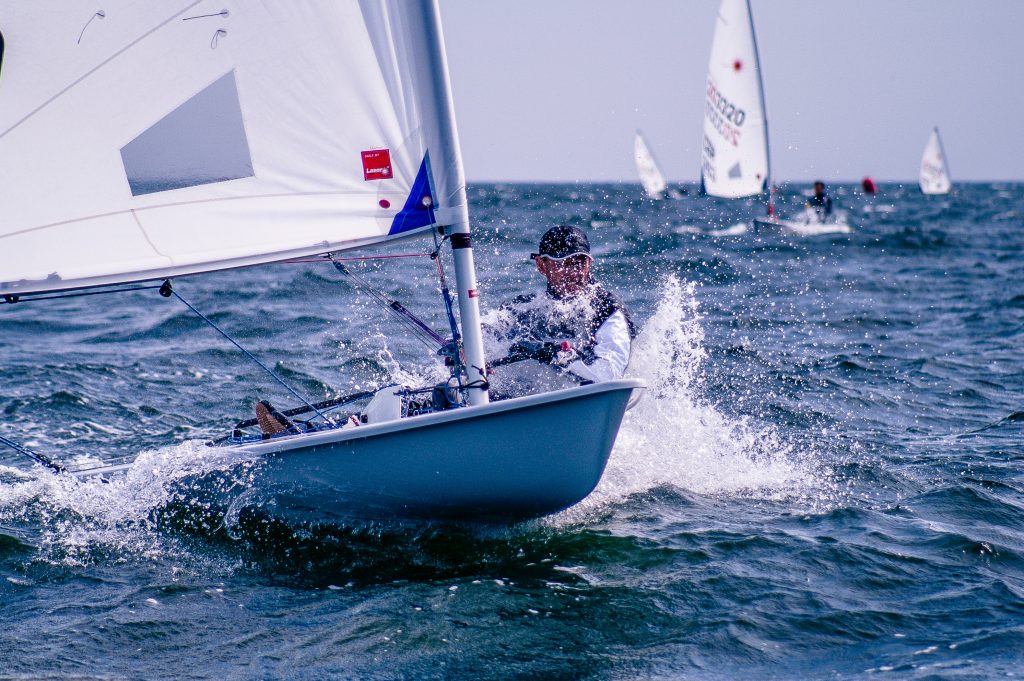
Other examples include the GP14, Enterprise, Solo, Graduate, Firefly, Lark. Many racing dinghies require two or more people to sail the boat, the skipper is in charge of steering and the main sail, and the crew is in charge of the jib, the spinnaker and keeping the boat level.
Cruising dinghies
The design of the cruising dinghies is for casual and family sailing and are usually more stable than racing dinghies. Therefore, this is provided by a ‘chinned’ (less rounded) hull, greater displacement, and proportionally smaller sail area. Some dinghies have a specific design for longer passage-making, and/or for camping aboard. Examples of these include the Wayfarer, the Tideway, the Laser Stratos, the Drascombe series of dinghies, the CL 16 and the Laser 16.
Laser16
Laser16 is a dynamic dinghy for up to 5 people. It has good features for sailing at almost every wind strength. With its round hull, the vessel is very maneuverable and has a good sliding capacity. The Laser16 is suitable as a school boat and for using a spinnaker or trapeze as well.
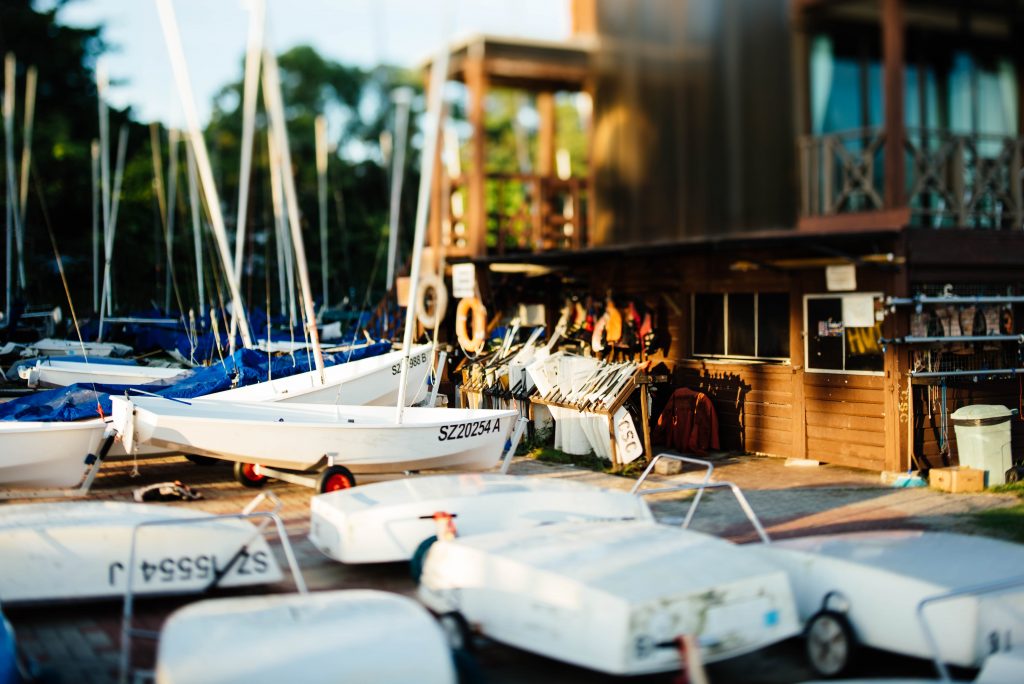
Wayfarer
The Wayfarer is a wooden or fiberglass sailing dinghy of great versatility; used for short ‘day boat’ trips, longer cruises and for racing. In other words, the boat is 4.83 m long, broad and deep enough for three adults to comfortably sail for several hours. Because of its size and stability, the Wayfarer became popular with sailing schools. Moreover, a lot of different people started using it as a family boat in a wide variety of locations. As of 2016, they produced over 11,000 of this dinghies, which tells of its popularity.
Tradicional dinghies
The sailing performance here is second, rather focus is on design, beauty, and versatility. Although some are still made entirely from wood, the majority of the most popular classic sailing dinghies combine a fiberglass hull with enough finely finished teak or mahogany to represent the “best of two worlds” approach. The fiberglass hull makes the boat maintenance easier and they will not corrode like wood. Moreover, examples of classic sailing dinghies are Minto, Mirror Dinghy, Fatty Knees, Trinka, Bauer, Whitehall and Gig Harbor.
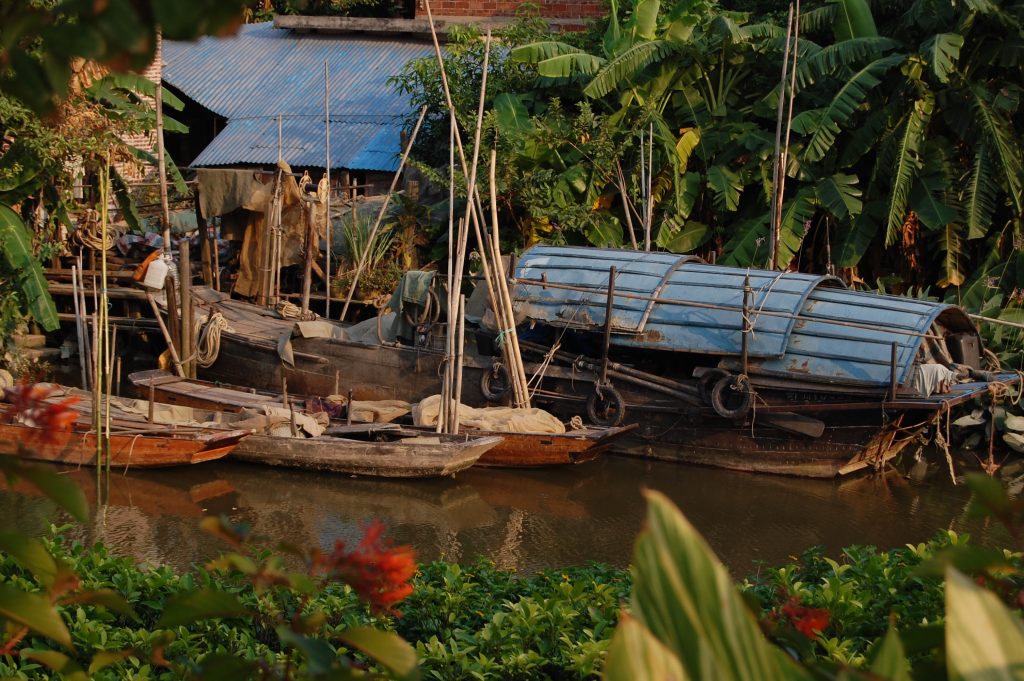
Minto Sailing Dinghy
The Minto Sailing Dinghy is a sailing dinghy with a long tradition and was first produced commercially in early 1960 as still in production.
The Mirror
This popular sailing dinghy was named after the Daily Mirror, a UK newspaper. It was an affordable boat that has done a great deal to make dinghy sailing accessible to a wide audience. Although most popular in the UK, people sail with Mirrors also in other countries, like Australia, Ireland, Sweden and Canada.
The Mirror is not a particularly fast dinghy, they are more used as a cruising boat as they are very practical for adults. Furthermore, the Mirror is more like a traditional boat with relative comfort inside the cockpit and both the crew and gear remain dry in light winds. Furthermore, their small size and lightweight make them easy to handle, launch and recover, transport, tow, and store on land.
There are other dinghy designs also associated with the ‘Mirror‘ name: the Miracle, the Maraude, and the Mirror 16 .
That is all for now. In conclusion, are you ready to ship your first dinghy adventure?

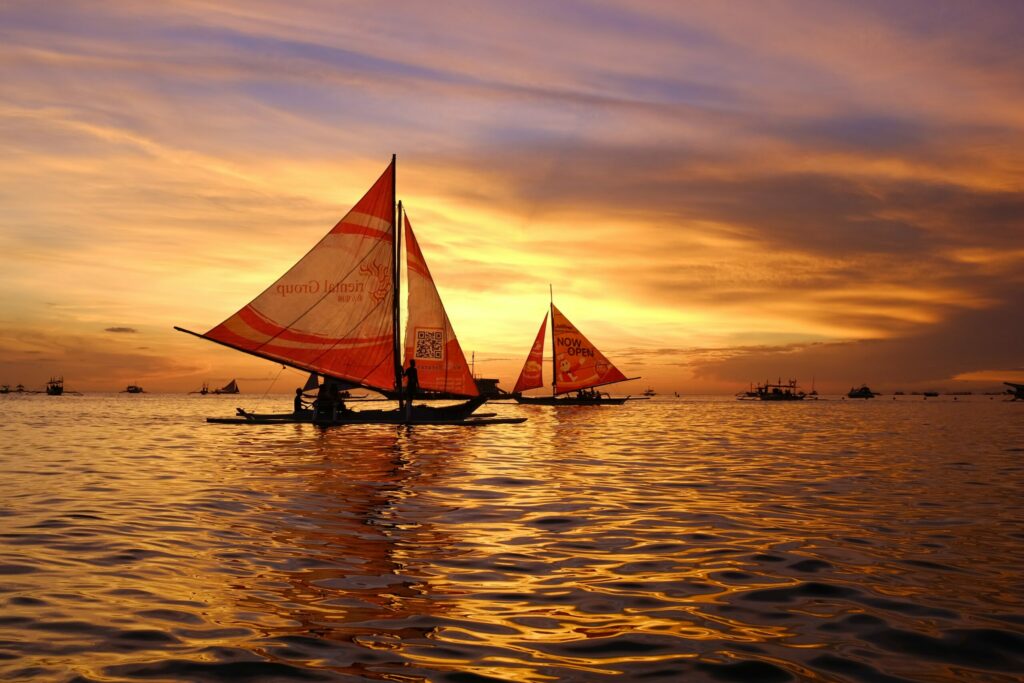
That’s really nice post. I appreciate your skills. Thanks for sharing.